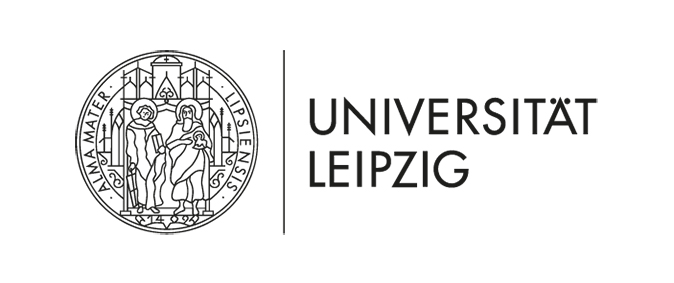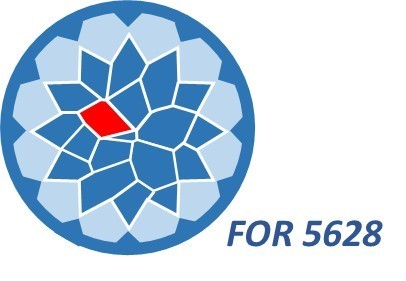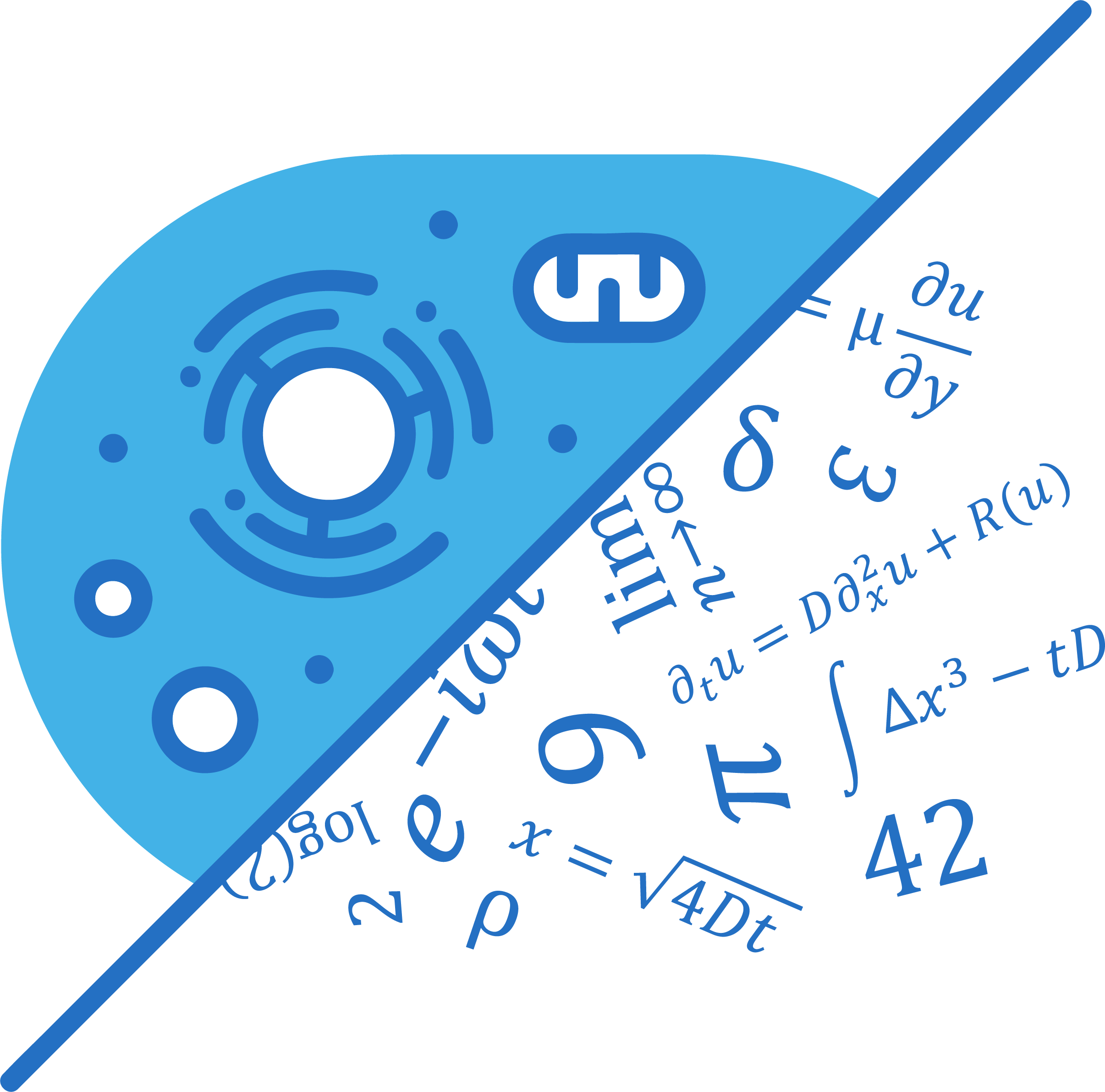|
15th Annual Symposium Physics of Cancer Leipzig, Germany Sept. 30 - Oct. 2, 2024 |
PoC - Physics of Cancer - Annual Symposium |
|
|
Poster
Role of vimentin in 3-D migration through differently dense biopolymer networks
Friedrich-Alexander-Universität Erlangen-Nürnberg, Department of Physics, Biophysics Group, Henkestr. 91, 91052 Erlangen, Germany
Contact: | Website
Cell migration requires the orchestrated cooperation of actin-filaments, microtubules, intermediate filaments, and various motor proteins as well as cell adhesion structures. Here, we investigate the role of vimentin in migration. Vimentin is the intermediate filament protein of mesenchymal cells and has previously been shown to interact with the actin and microtubule cytoskeleton. We used two independently generated vimentin-knockout (Vim-KO) cell lines, both derived from murine embryonic fibroblasts (MEFs) of the vimentin knockout mouse (Colucci-Guyon et al. 1994, Cell 79, 679-694). One was immortalized by retroviral infection of MEFs with Large T antigen (John Eriksson lab, Turku), the other was obtained by spontaneous immortalization of MEFs (Harald Herrmann lab, Heidelberg). On 2-D flat substrates, both Vim-KO cell lines exhibit increased cell area and perimeter with multiple f-actin rich cell extensions as well as more pronounced stress fibers, compared to Vim-WT fibroblasts. In addition, both Vim-KO cell lines showed impaired migration in 2D scratch assays. In dense (2.4 mg/ml, pore size 3 µm) and intermediate (1.2 mg/ml, pore size 4 µm) 3-D collagen I gels, Vim-KO cells exhibited decreased motile fraction compared to Vim-WT cells, but not in low (0.6 mg/ml, pore size 5.8 µm) collagen I gels. This behavior suggests a role for vimentin in 3D cell migration under conditions of high steric hindrance. Interestingly, Vim-KO-fibroblasts displayed increased peripheral rupture of cell extensions during migration in 3D collagen, regardless of collagen density. Taken together, these data suggest that vimentin modulates the ability of cells to migrate through dense matrices by influencing the balance of cell adhesion, actomyosin contractility, and the mechanical stability of the cytoskeleton.
|









